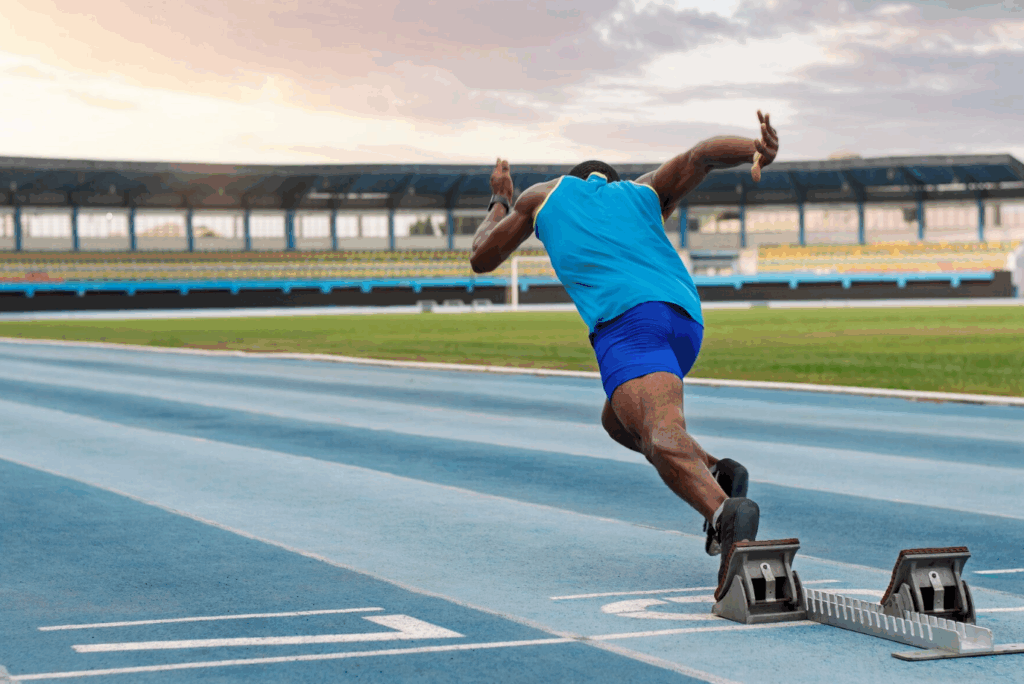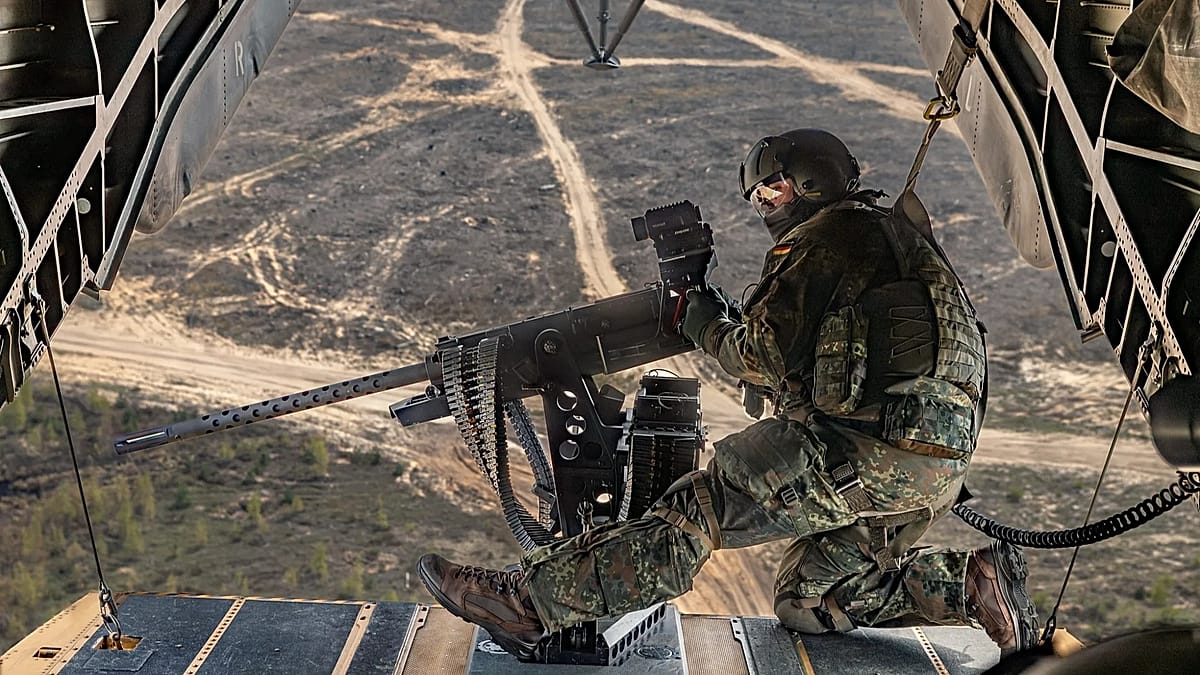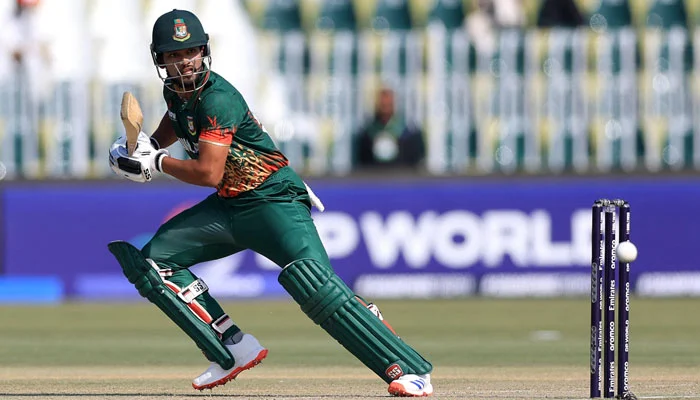Athletics Unleashed: From Ancient Tracks to Indian Triumphs

Many think athletics is all about sprinters blasting off the blocks, high jumpers flirting with gravity, or javelin throwers sending missiles through the sky. But there is always more than just the surface. In India, athletics can transform a person from a sleepy village into a national superstar, combining individual will with the nation’s soul. Curious to learn more? Here, we share only the most authentic, raw parts of the sport.
A Tale That Kicked Off in Sandals
Close your eyes and picture Olympia, Greece, around 776 BC. Barefoot runners thunder across the dusty earth, cheered by villagers wagering goats on their favorites. They ran in the buff, convinced that naked contests celebrated the pure human spirit. Zoom ahead to 1896: modern Olympics launch in Athens, tracks get painted lanes, tunics replace nudity, and spectators click stopwatches with bated breath. By the mid-20th century, photo finishes and electronic timers turn hundredths of a second into the fine line between gold and heartbreak, and now online betting in India adds a fresh wave of excitement.
In our backyard, post-independence India fell head over heels for track and field. Milkha Singh—an orphan from Partition’s chaos—trained on dirt paths without shoes, then flew into the 400 m final at Rome 1960, snagging fourth but winning millions of hearts. Two decades later, PT Usha, the “Payyoli Express,” bulldozed hurdles in Los Angeles and missed Olympic hardware by the thinnest of margins—0.01 s. Their near-wins still spark fireworks in school meets from Chennai to Chandigarh.
Events in a Nutshell
| Event Type | What It Feels Like |
| Sprints | Explosive bursts of speed—100 m, 200 m, 400 m |
| Distance Runs | A steady rhythm that tests lungs and willpower (800 m up to marathon) |
| Jumps | Heart-in-throat leaps—long, high, triple, pole vault |
| Throws | Muscle-meets-method to hurl shot, discus, hammer, or javelin |
Relays mix flat-out sprints with flawless baton handoffs, and combined events (decathlon/heptathlon) blend multiple challenges over two days. Each contest adds its flavor, whether you’re a speed demon, endurance junkie, or technique geek.
Why We Can’t Look Away
What we find most intriguing is not simply setting or beating records but rather an athlete’s journey to accomplish that goal. Sure, fancy tracks and high-tech shoes do help, but the mark of the starting pistol and sitting in the waist returned for the split-second stare, the breath before a vault, and the muscles quivering at the final sprint all provide goosebump moments.
How can anyone forget Usain Bolt’s cheeky grin as he gunned down to 9.58 s for the 100 m? Or Flo Jo’s hair all over the place as she ran 10.49 s in ’88? Not to forget Neeraj Chopra’s effortless javelin throw in Tokyo 2020 that ended decades of gold medal drought at the perfect second when the entire nation was holding its breath.
Stories That Stay with You
Legends are made—not born—through an immense amount of hard work and perseverance. Milkha Singh hated being called the “Flying Sikh,” but he transformed heartbreak into relentless fuel, propelling him into a world-class athlete. The same goes for PT Usha, who shattered records and expectations for an entire continent.
Anju Bobby George claimed a bronze medal at the World Championships in 2003. She became the first Indian woman to truly demonstrate that she could compete on a global stage alongside other Indian athletes. Neeraj Chopra transformed into a household name when he won the Olympics with ease and became the shooting star Indian athletes needed to propel them to the highest podiums.
A Tale That Kicked Off in Sandals
Close your eyes and picture Olympia, Greece, around 776 BC. Barefoot runners thunder across the dusty earth, cheered by villagers wagering goats on their favorites. They ran in the buff, convinced that naked contests celebrated the pure human spirit. Zoom ahead to 1896: modern Olympics launch in Athens, tracks get painted lanes, tunics replace nudity, and spectators click stopwatches with bated breath. By the mid-20th century, photo finishes and electronic timers turn hundredths of a second into the fine line between gold and heartbreak, and now online betting in India adds a fresh wave of excitement.
In our backyard, post-independence India fell head over heels for track and field. Milkha Singh—an orphan from Partition’s chaos—trained on dirt paths without shoes, then flew into the 400 m final at Rome 1960, snagging fourth but winning millions of hearts. Two decades later, PT Usha, the “Payyoli Express,” bulldozed hurdles in Los Angeles and missed Olympic hardware by the thinnest of margins—0.01 s. Their near-wins still spark fireworks in school meets from Chennai to Chandigarh.
Events in a Nutshell
| Event Type | What It Feels Like |
| Sprints | Explosive bursts of speed—100 m, 200 m, 400 m |
| Distance Runs | A steady rhythm that tests lungs and willpower (800 m up to marathon) |
| Jumps | Heart-in-throat leaps—long, high, triple, pole vault |
| Throws | Muscle-meets-method to hurl shot, discus, hammer, or javelin |
Relays mix flat-out sprints with flawless baton handoffs, and combined events (decathlon/heptathlon) blend multiple challenges over two days. Each contest adds its flavor, whether you’re a speed demon, endurance junkie, or technique geek.
Why We Can’t Look Away
What we find most intriguing is not simply setting or beating records but rather an athlete’s journey to accomplish that goal. Sure, fancy tracks and high-tech shoes do help, but the mark of the starting pistol and sitting in the waist returned for the split-second stare, the breath before a vault, and the muscles quivering at the final sprint all provide goosebump moments.
How can anyone forget Usain Bolt’s cheeky grin as he gunned down to 9.58 s for the 100 m? Or Flo Jo’s hair all over the place as she ran 10.49 s in ’88? Not to forget Neeraj Chopra’s effortless javelin throw in Tokyo 2020 that ended decades of gold medal drought at the perfect second when the entire nation was holding its breath.
Stories That Stay with You
Legends are made—not born—through an immense amount of hard work and perseverance. Milkha Singh hated being called the “Flying Sikh,” but he transformed heartbreak into relentless fuel, propelling him into a world-class athlete. The same goes for PT Usha, who shattered records and expectations for an entire continent.
Anju Bobby George claimed a bronze medal at the World Championships in 2003. She became the first Indian woman to truly demonstrate that she could compete on a global stage alongside other Indian athletes. Neeraj Chopra transformed into a household name when he won the Olympics with ease and became the shooting star Indian athletes needed to propel them to the highest podiums.
A Tale That Kicked Off in Sandals
Close your eyes and picture Olympia, Greece, around 776 BC. Barefoot runners thunder across the dusty earth, cheered by villagers wagering goats on their favorites. They ran in the buff, convinced that naked contests celebrated the pure human spirit. Zoom ahead to 1896: modern Olympics launch in Athens, tracks get painted lanes, tunics replace nudity, and spectators click stopwatches with bated breath. By the mid-20th century, photo finishes and electronic timers turn hundredths of a second into the fine line between gold and heartbreak, and now online betting in India adds a fresh wave of excitement.
In our backyard, post-independence India fell head over heels for track and field. Milkha Singh—an orphan from Partition’s chaos—trained on dirt paths without shoes, then flew into the 400 m final at Rome 1960, snagging fourth but winning millions of hearts. Two decades later, PT Usha, the “Payyoli Express,” bulldozed hurdles in Los Angeles and missed Olympic hardware by the thinnest of margins—0.01 s. Their near-wins still spark fireworks in school meets from Chennai to Chandigarh.
Events in a Nutshell
| Event Type | What It Feels Like |
| Sprints | Explosive bursts of speed—100 m, 200 m, 400 m |
| Distance Runs | A steady rhythm that tests lungs and willpower (800 m up to marathon) |
| Jumps | Heart-in-throat leaps—long, high, triple, pole vault |
| Throws | Muscle-meets-method to hurl shot, discus, hammer, or javelin |
Relays mix flat-out sprints with flawless baton handoffs, and combined events (decathlon/heptathlon) blend multiple challenges over two days. Each contest adds its flavor, whether you’re a speed demon, endurance junkie, or technique geek.
Why We Can’t Look Away
What we find most intriguing is not simply setting or beating records but rather an athlete’s journey to accomplish that goal. Sure, fancy tracks and high-tech shoes do help, but the mark of the starting pistol and sitting in the waist returned for the split-second stare, the breath before a vault, and the muscles quivering at the final sprint all provide goosebump moments.
How can anyone forget Usain Bolt’s cheeky grin as he gunned down to 9.58 s for the 100 m? Or Flo Jo’s hair all over the place as she ran 10.49 s in ’88? Not to forget Neeraj Chopra’s effortless javelin throw in Tokyo 2020 that ended decades of gold medal drought at the perfect second when the entire nation was holding its breath.
Stories That Stay with You
Legends are made—not born—through an immense amount of hard work and perseverance. Milkha Singh hated being called the “Flying Sikh,” but he transformed heartbreak into relentless fuel, propelling him into a world-class athlete. The same goes for PT Usha, who shattered records and expectations for an entire continent.
Anju Bobby George claimed a bronze medal at the World Championships in 2003. She became the first Indian woman to truly demonstrate that she could compete on a global stage alongside other Indian athletes. Neeraj Chopra transformed into a household name when he won the Olympics with ease and became the shooting star Indian athletes needed to propel them to the highest podiums.

The Starter Spark
Catching the athletics bug does not require fancy gear. You only need a pair of shoes that fit for a school track, a park, or a quiet street before traffic starts. Lastly, you need someone to time your runs and measure your jumps. Choose from the following: the blistering blast of a 100 m dash, the steady challenge of an 800 m, or the artful mechanisms of a pole vault. Focus on maintaining good posture, practicing relaxed breathing, and developing a strong core. Rather than cramming all your efforts into one day, spread out short training sessions throughout the day. Ask a coach or an experienced teammate for help with minor adjustments. Those often make all the difference. And every time you beat your personal best, celebrate like you just won gold.
India’s Brightening Horizon
New stadiums have emerged in Delhi, Guwahati, and Bengaluru over the past few years. Promising youngsters are nurtured through private academies and state schemes and are committed to expert coaching, a specific diet plan, and publicity. Social media enables potential professional athletes to create training videos, find sponsors, and even establish fan clubs as large as those of cricket celebrities. Now, school prize money can cover college tuition, which is no longer just a dream of becoming a professional.
GPS watches record every step, heart-rate monitors measure work, and YouTube videos are shot step-by-step. The distance between a sandy track in a small village and a shiny Olympic podium seems thinner than before.
Your Turn at the Blocks
The simplest of all is athletics, where the rules are straightforward: run faster, jump higher, and throw further. Nothing in the way of slow-moving teammates–It all depends on how you play. Well, so next time when you find yourself seeing a marathon running on your television screen, or seeing some strangers jogging along your neighborhood, imagine yourself wearing their sandals. Slip on your boots, calm your breathing, and go in search of that elusive sense of victory. Who knows? It is possible that your personal best becomes the following story that India looks up to.
The post Athletics Unleashed: From Ancient Tracks to Indian Triumphs appeared first on Ten Sports TV.









































